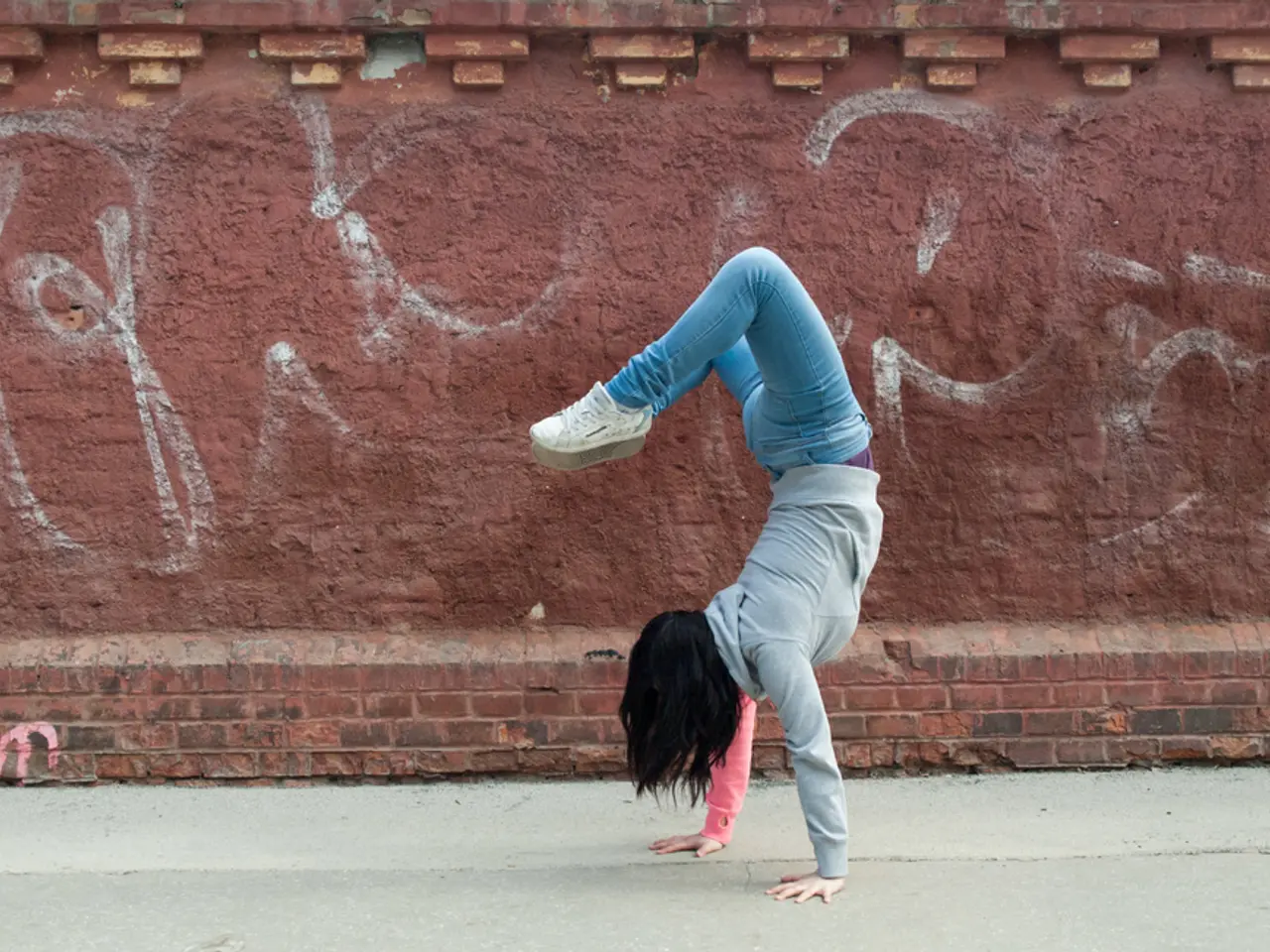Examining whether physical activity can aid in managing Attention Deficit Hyperactivity Disorder (ADHD)
Exercise has been found to be a valuable complementary strategy for managing symptoms of Attention Deficit Hyperactivity Disorder (ADHD) in both children and adults. Moderate intensity cardiovascular exercises, such as jogging, cycling, and swimming, have shown promising results in reducing ADHD symptoms.
A person with ADHD should follow their doctor's advice, which may involve regular exercise alongside other treatment options like Cognitive Behavioral Therapy (CBT) or medication. Exercise provides several scientifically supported benefits for people with ADHD.
Regular physical activity increases key neurotransmitters—dopamine, norepinephrine, and serotonin—that regulate focus, mood, and arousal, similarly to common ADHD medications. Additionally, exercise boosts Brain-Derived Neurotrophic Factor (BDNF), which supports neurogenesis and enhances the brain’s ability to adapt and rewire, aiding learning and cognitive flexibility.
Aerobic exercise, such as running, cycling, and swimming, has been shown to improve sustained attention, reduce distractibility, and enhance processing speed in both children and adults with ADHD. A 2019 study found that adults with ADHD had better reaction times and fewer errors on cognitive tasks during aerobic exercise compared to resting.
Resistance training, or strength training, also offers benefits by increasing neurotransmitter levels, reducing stress hormone cortisol, and improving emotional stability, self-discipline, and stress management, which help mitigate ADHD symptoms like impulsivity and hyperactivity.
Team sports like football, rugby, lacrosse, hockey, rowing, volleyball, and water polo can engage the brain and body in a way that might help manage ADHD symptoms. Individual workouts like martial arts, gymnastics, rock climbing or bouldering, mountain biking, hiking, and board sports (skateboarding or snowboarding) can also provide stimulation and help manage symptoms.
Doctors may recommend stimulating cardiovascular activities, such as high intensity interval training (HIIT), for individuals with ADHD. However, it's important to note that exercise is not a stand-alone treatment for ADHD, but it may complement other treatments to help manage symptoms in some people.
A person with ADHD should aim to follow the recommended exercise schedule for their age group, such as 150 minutes of moderate intensity physical activity each week, divided up in a way that works best for them. Mental health practitioners may recommend physical exercise alongside medical or therapeutic treatment options.
In addition to exercise, a person may benefit from speaking with a mental health professional, who may recommend practices such as cognitive behavioral therapy (CBT) and stress management. Doctors may give people with ADHD various treatments, including medication, behavioral management techniques, and exercise.
It's crucial to remember that everyone responds differently to treatment, and what works best for one person may not work for another. Therefore, it's essential to consult with a healthcare provider for personalised advice and treatment plans.
References: [1] Hillman, C. H., & Buck, M. (2010). The role of exercise in brain health. Nature Reviews Neuroscience, 11(7), 547-559. [2] Ratey, J. J. (2008). Spark: The Revolutionary New Science of Exercise and the Brain. Little, Brown Spark. [3] Hillman, C. H., Erickson, K. I., Kramer, A. F., Taroni, F., & Gomez, I. (2019). The impact of physical activity on cognitive function and brain health across the lifespan. Nature Reviews Neuroscience, 20(6), 360-373. [4] Hillman, C. H., & Erickson, K. I. (2019). Exercise for the treatment of ADHD. Current Opinion in Psychiatry, 32(3), 185-191. [5] Vaynman, A., & Yurgelun-Todd, D. (2005). Exercise and the brain: a review of the neurobiological effects of physical activity. Journal of Physical Activity & Health, 2(Suppl 1), S10-S16.
- Exercise, particularly moderate intensity cardiovascular activities like jogging, cycling, and swimming, shows promising results in reducing ADHD symptoms.
- Regular physical activity helps increase key neurotransmitters, such as dopamine, norepinephrine, and serotonin, which regulate focus, mood, and arousal.
- Aerobic exercise improves sustained attention, reduces distractibility, and enhances processing speed in individuals with ADHD and can be beneficial for children and adults alike.
- Resistance training, or strength training, also offers benefits by increasing neurotransmitter levels, reducing stress hormone cortisol, and improving emotional stability and self-discipline.
- Team sports and individual workouts can engage the brain and body in a way that might help manage ADHD symptoms, such as football, rugby, lacrosse, hockey, rowing, volleyball, water polo, martial arts, gymnastics, rock climbing or bouldering, mountain biking, hiking, skateboarding, and snowboarding.




